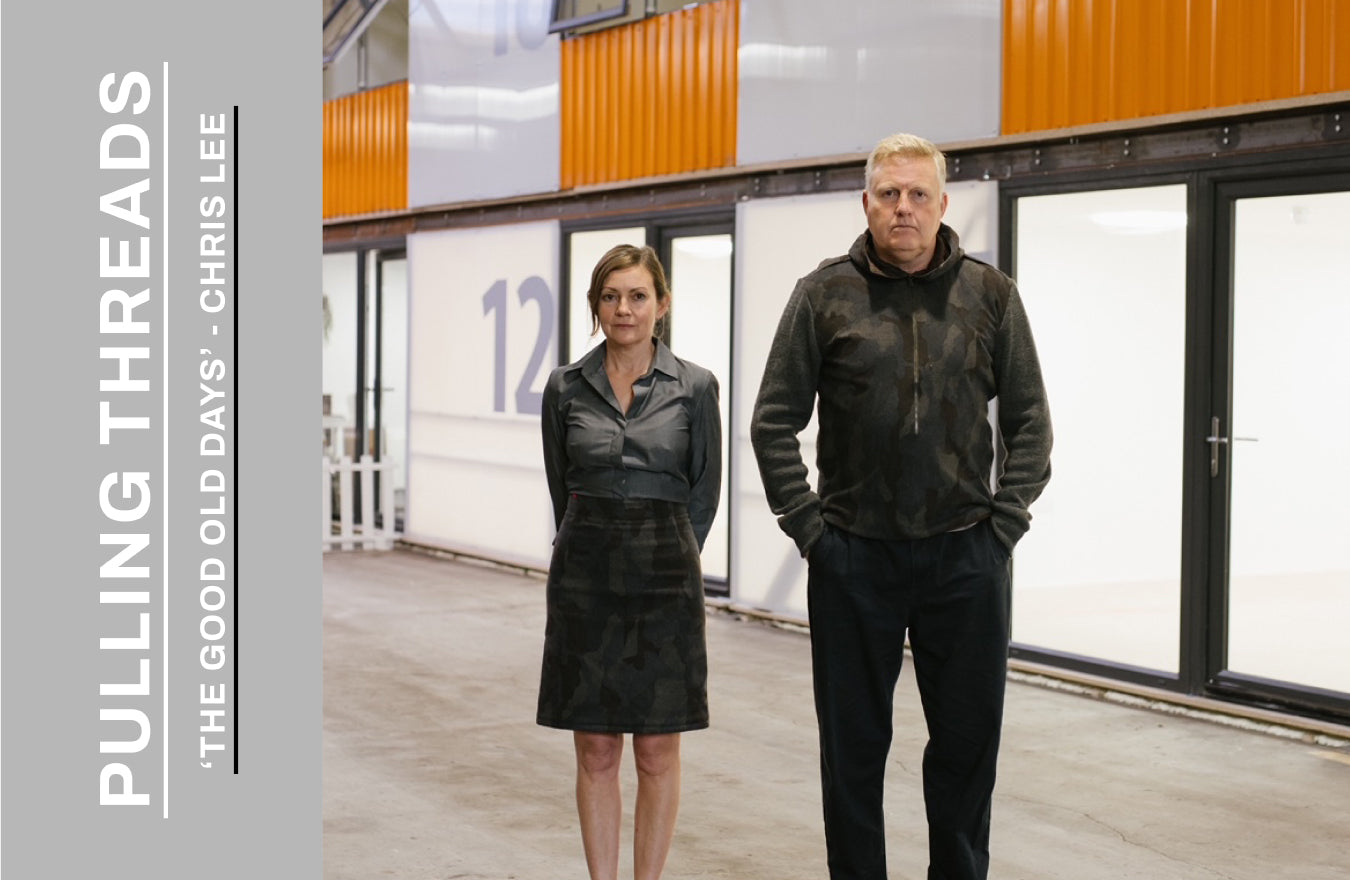

Pulling Threads: 'The Good Old Days' - Chris Lee - MARAI | Pulling Threads: 'The Good Old Days' - Chris Lee - MARAI | Pulling Threads: 'The Good Old Days' - Chris Lee - MARAI | Pulling Threads: 'The Good Old Days' - Chris Lee - MARAI | Pulling Threads: 'The Good Old Days' - Chris Lee - MARAI | Pulling Threads: 'The Good Old Days' - Chris Lee - MARAI | Pulling Threads: 'The Good Old Days' - Chris Lee - MARAI | Pulling Threads: 'The Good Old Days' - Chris Lee - MARAI | Pulling Threads: 'The Good Old Days' - Chris Lee - MARAI | Pulling Threads: 'The Good Old Days' - Chris Lee - MARAI | Pulling Threads: 'The Good Old Days' - Chris Lee - MARAI | Pulling Threads: 'The Good Old Days' - Chris Lee - MARAI | Pulling Threads: 'The Good Old Days' - Chris Lee - MARAI | Pulling Threads: 'The Good Old Days' - Chris Lee - MARAI | Pulling Threads: 'The Good Old Days' - Chris Lee - MARAI | Pulling Threads: 'The Good Old Days' - Chris Lee - MARAI | Pulling Threads: 'The Good Old Days' - Chris Lee - MARAI | Pulling Threads: 'The Good Old Days' - Chris Lee - MARAI | Pulling Threads: 'The Good Old Days' - Chris Lee - MARAI | Pulling Threads: 'The Good Old Days' - Chris Lee - MARAI | Pulling Threads: 'The Good Old Days' - Chris Lee - MARAI | Pulling Threads: 'The Good Old Days' - Chris Lee - MARAI | Pulling Threads: 'The Good Old Days' - Chris Lee - MARAI | Pulling Threads: 'The Good Old Days' - Chris Lee - MARAI | Pulling Threads: 'The Good Old Days' - Chris Lee - MARAI | Pulling Threads: 'The Good Old Days' - Chris Lee - MARAI | Pulling Threads: 'The Good Old Days' - Chris Lee - MARAI | Pulling Threads: 'The Good Old Days' - Chris Lee - MARAI | Pulling Threads: 'The Good Old Days' - Chris Lee - MARAI | Pulling Threads: 'The Good Old Days' - Chris Lee - MARAI | Pulling Threads: 'The Good Old Days' - Chris Lee - MARAI | Pulling Threads: 'The Good Old Days' - Chris Lee - MARAI | Pulling Threads: 'The Good Old Days' - Chris Lee - MARAI | Pulling Threads: 'The Good Old Days' - Chris Lee - MARAI | Pulling Threads: 'The Good Old Days' - Chris Lee - MARAI | Pulling Threads: 'The Good Old Days' - Chris Lee - MARAI | Pulling Threads: 'The Good Old Days' - Chris Lee - MARAI | Pulling Threads: 'The Good Old Days' - Chris Lee - MARAI | Pulling Threads: 'The Good Old Days' - Chris Lee - MARAI | Pulling Threads: 'The Good Old Days' - Chris Lee - MARAI | Pulling Threads: 'The Good Old Days' - Chris Lee - MARAI | Pulling Threads: 'The Good Old Days' - Chris Lee - MARAI | Pulling Threads: 'The Good Old Days' - Chris Lee - MARAI | Pulling Threads: 'The Good Old Days' - Chris Lee - MARAI | Pulling Threads: 'The Good Old Days' - Chris Lee - MARAI | Pulling Threads: 'The Good Old Days' - Chris Lee - MARAI | Pulling Threads: 'The Good Old Days' - Chris Lee - MARAI | Pulling Threads: 'The Good Old Days' - Chris Lee - MARAI | Pulling Threads: 'The Good Old Days' - Chris Lee - MARAI | Pulling Threads: 'The Good Old Days' - Chris Lee - MARAI | Pulling Threads: 'The Good Old Days' - Chris Lee - MARAI | Pulling Threads: 'The Good Old Days' - Chris Lee - MARAI
Skip to content